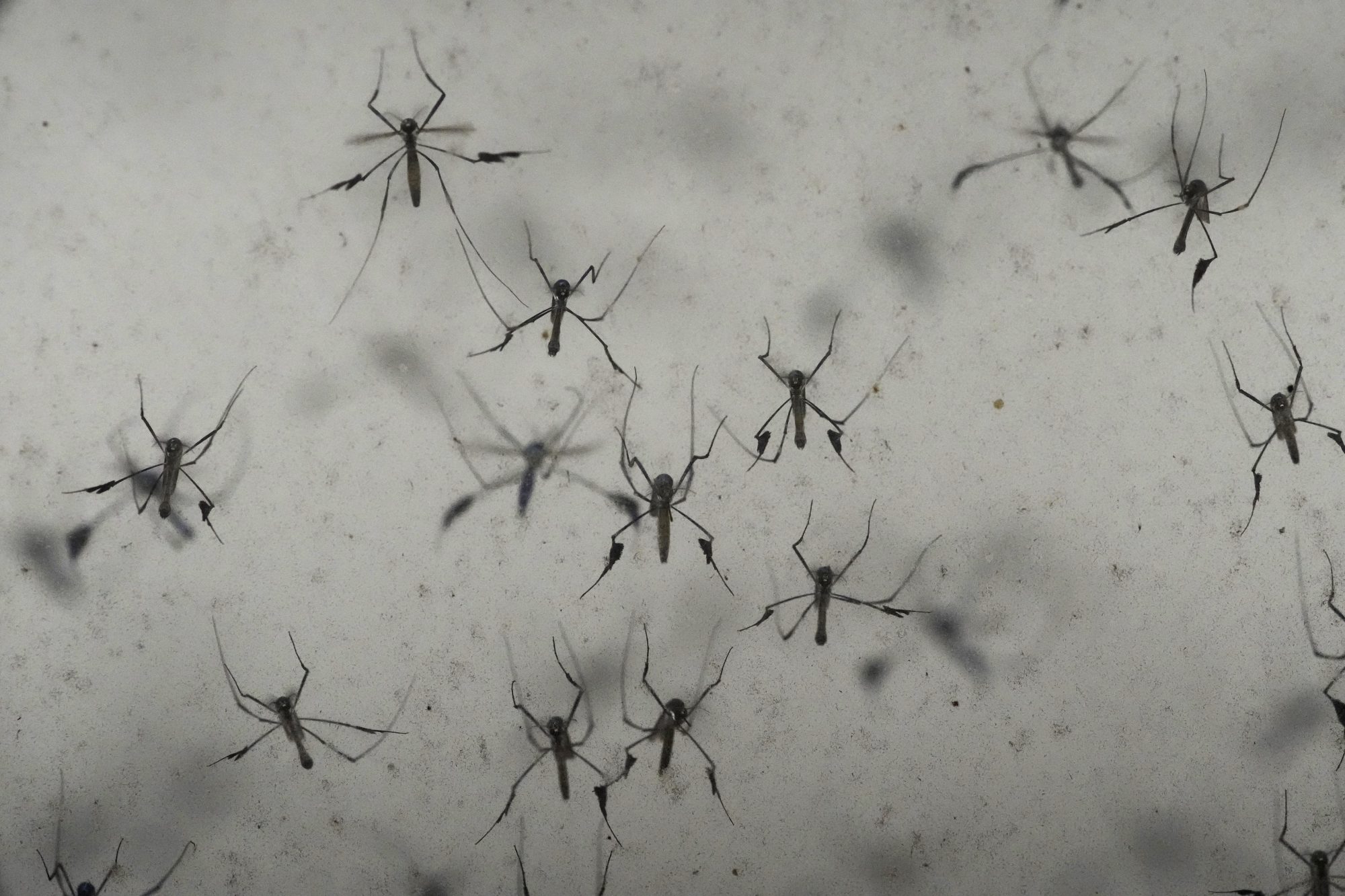Texas reports first locally transmitted case of dengue fever this year

Texas reported its first local case of dengue fever this year, state public health officials said this week.
The case was reported in Cameron County, which sits on the Texas-Mexico border with a population of about 425,000 and includes the city of Brownsville.
Last year, the state reported one locally acquired case out of a total of 79 cases.
This year, the Lone Star State has seen 106 travel-related cases of dengue fever — the highest annual number in Texas since 2002, according to a news release. One case has been fatal so far.
Now the first locally acquired case has emerged, meaning the infected person had no history of travel to a country where dengue is commonly found.
Dengue virus is transmitted through mosquito bites and is most often recorded in tropical or subtropical environments where mosquitoes thrive.
It is not passed from person to person.
Only about 25% of those infected develop symptoms, which can include fever, pain, nausea, vomiting and rash. It usually takes two weeks for the infected person to show any symptoms, which can last anywhere from two to seven days.
Cases began to appear in Florida after Hurricane Milton. Dengue outbreaks have also been reported in Puerto Rico and the US Virgin Islands.
More than 50 locally acquired cases have been reported in Florida and 15 in California so far this year, according to the Centers for Disease Control and Prevention.
There have currently been at least 4,962 cases nationally, with the majority reported in Puerto Rico, according to the CDC.
Dengue cases are at an all-time high globally this year, likely due to rising global temperatures, according to the CDC. The agency first issued a health alert in June warning of an increased risk of infection in the coming months.
Meanwhile, locally reported cases in the US are now nearly triple what was recorded at this time last year.
Mosquito season in Texas is expected to last through November and December, according to Lone Star State health officials. The CDC advises using insect repellent and wearing clothing that covers as much skin as possible to prevent mosquito bites.
#Texas #reports #locally #transmitted #case #dengue #fever #year
Image Source : nypost.com





